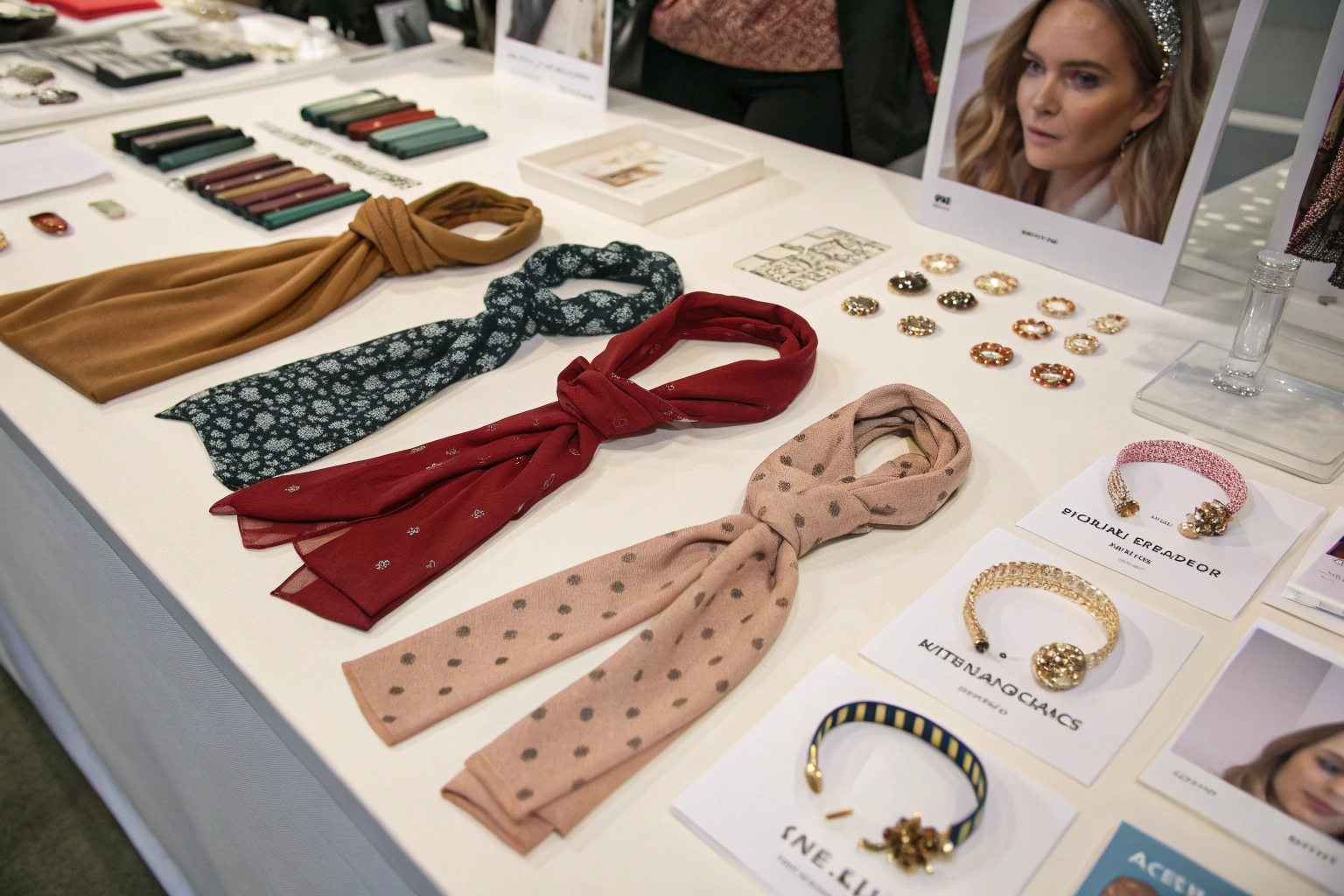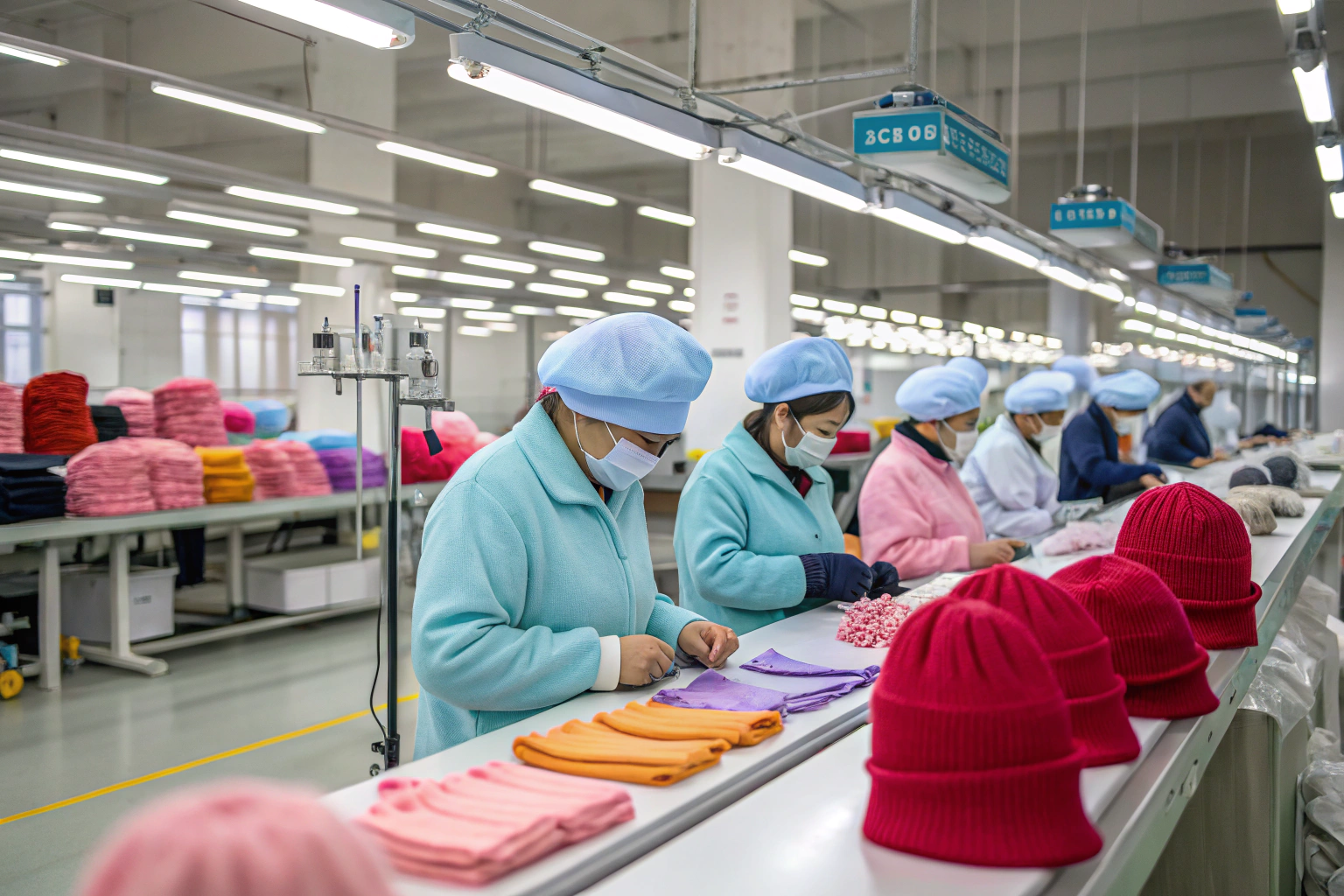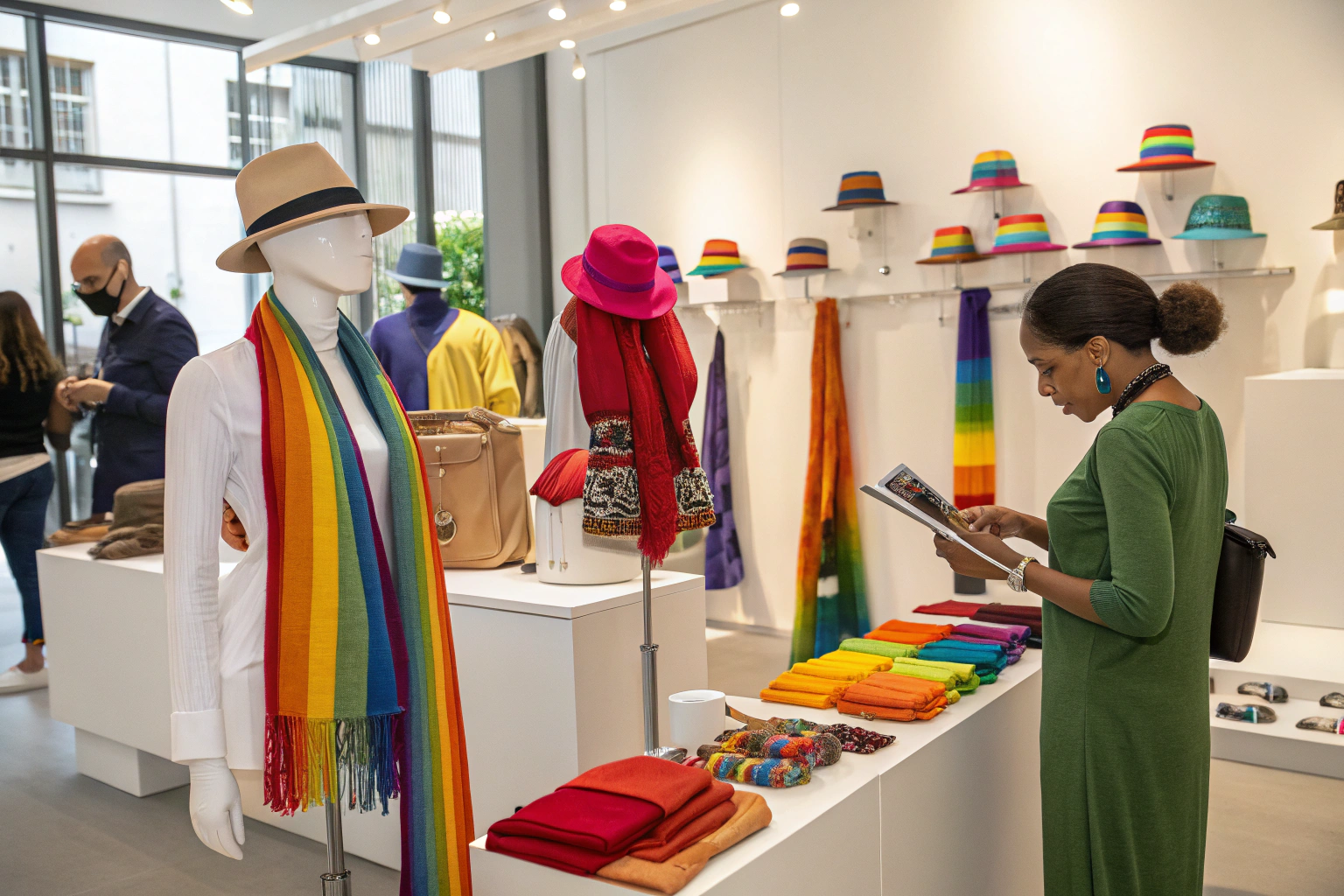A small change in finish—matte or gloss—can shift how customers see your brand, and how much you spend producing it.
Different finishes like matte or gloss impact unit price, packaging design, perceived value, and even shipping durability. For accessories, these details influence both the factory cost and customer impression.
At AceAccessory, we’ve helped brands choose between matte and gloss for hair clips, scarves, headbands, and more. Let’s break down how finish choices affect your bottom line.
Is matte more expensive than gloss?
Matte finishes often look premium—but that extra elegance sometimes comes at a price.
Yes, matte is usually slightly more expensive than gloss due to extra processing, specialized coatings, and higher rejection rates in production.
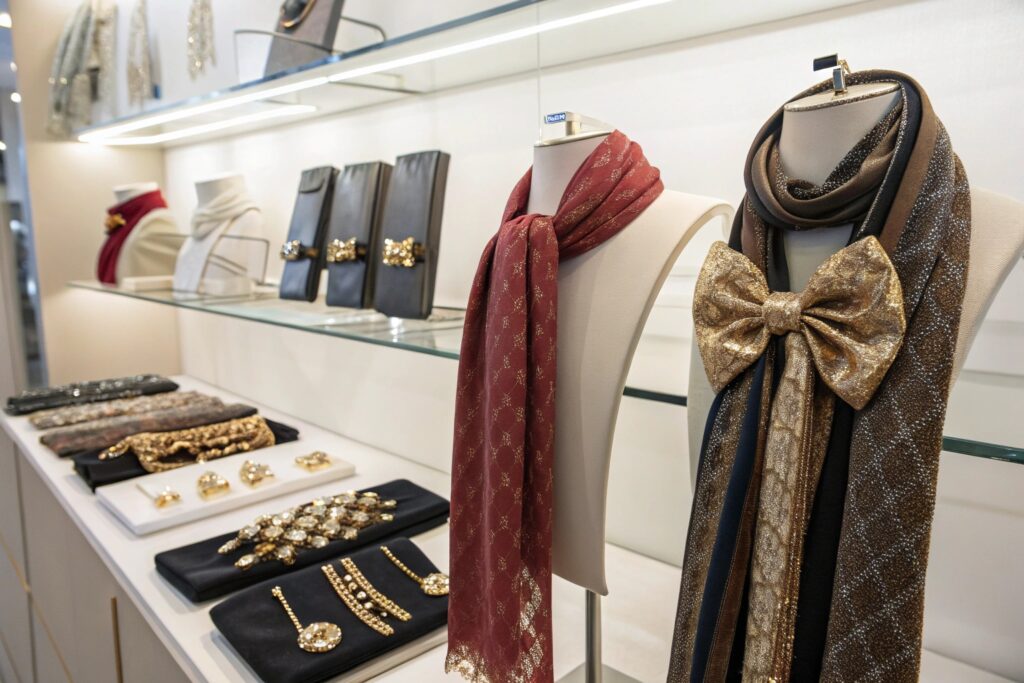
What are the price differences between matte and gloss finishes in accessories?
Here’s a general comparison based on our accessory production experience:
| Finish Type | Unit Cost Impact (vs base) | Common Application |
|---|---|---|
| Gloss | +0–3% | Youth-focused, shiny plastic surfaces |
| Matte | +3–7% | Premium, luxury, soft-touch products |
For example, adding a matte UV finish to a paper scarf tag increases the printing cost by 5%. Applying a matte coating to a plastic hair clip raises rejection rates due to visible fingerprint issues, which pushes cost slightly higher.
Why does matte often require more care in handling and production?
Matte surfaces can show oil, scratches, or pressure marks more easily. So they require:
- Cleaner production environments
- Slower drying or curing times
- Additional QC steps
That’s why we factor in both material and labor when quoting matte-finished accessories. But if you're selling to a premium retailer or offering minimalist packaging, that finish is worth the investment.
What is the difference between matte and gloss packaging?
Packaging isn’t just a wrapper—it’s a design decision that affects perception and durability.
Matte packaging absorbs light, feels soft, and creates a premium look; gloss reflects light, feels smoother, and gives a shiny, vibrant appearance.
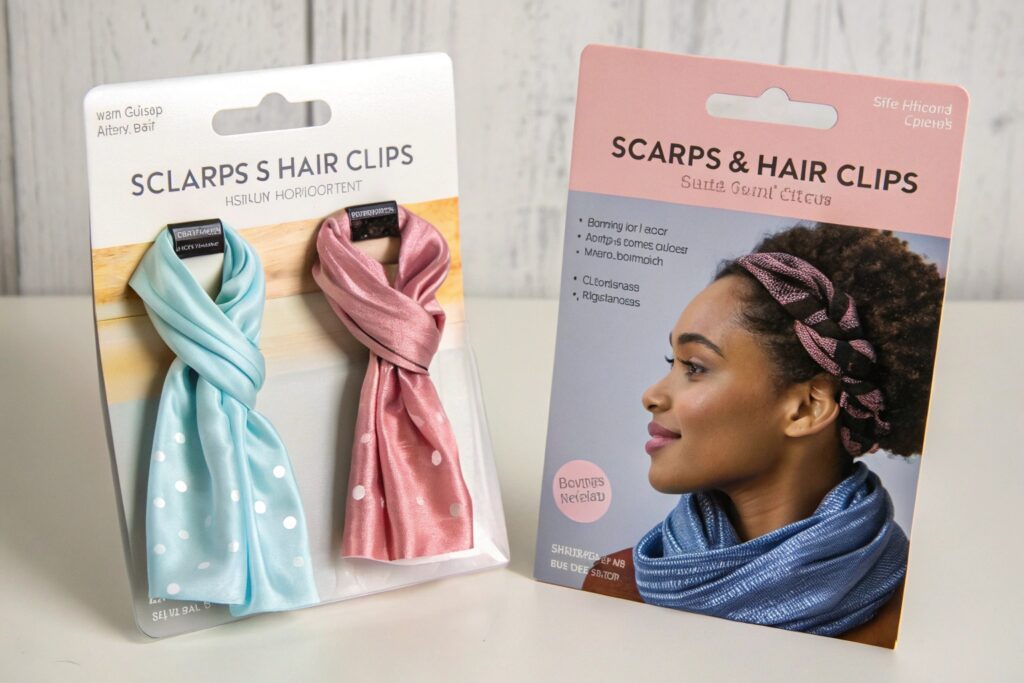
How do gloss and matte finishes affect consumer perception?
- Glossy packaging appears bold, colorful, and attention-grabbing. Great for kids' hair accessories, mass-market clips, or trendy seasonal items.
- Matte packaging feels elegant, modern, and understated. Ideal for scarves, adult headwear, and eco-conscious brands.
We’ve seen clients increase retail shelf pickup rates by 15–20% after switching to matte black boxes for their giftable sets. On the other hand, brightly colored gloss blister cards work better in fast-turnover retail chains.
What finish works best for sustainability-focused packaging?
Matte finishes using uncoated recycled paper or soy-based matte ink are easier to compost or recycle. Gloss coatings often use plastic film or high VOC solvents, which reduce recyclability. That’s why many eco brands lean toward matte kraft paper finishes. We now offer water-based matte coatings that balance sustainability with visual appeal.
What's the difference between mat and gloss?
“Mat” and “matte” refer to the same thing—just different spellings. But the difference between matte and gloss lies in how they interact with light and texture.
Matte finishes diffuse light and reduce glare, while gloss finishes reflect light and enhance vibrancy.
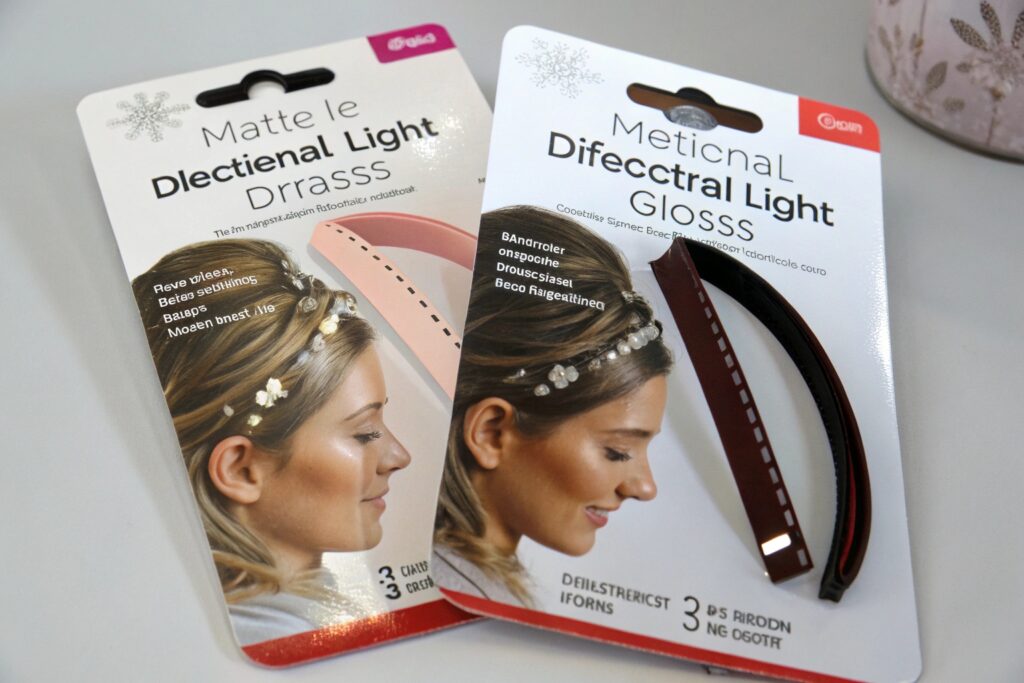
How does this difference affect photography and visual branding?
Gloss reflects light, making colors pop. But it can also cause glare in photos, which is tricky for e-commerce. Matte reduces glare, making it easier to photograph—but may mute colors slightly.
This is important when choosing:
- Printed tags: Matte tags photograph better for online listings
- Blister cards: Gloss works well on retail hooks with bright store lights
- Gift boxes: Matte adds tactile luxury for scarves and hairband gift sets
We always provide sample mockups under studio light to help clients choose the best finish for their marketing channel.
What tactile differences do customers notice between matte and gloss?
- Gloss: Slick, smooth, cold feel
- Matte: Soft, textured, warmer feel
Touch is part of the buying experience—especially for accessories. A soft-touch matte pouch adds perceived value, while a glossy bag feels more disposable. Both finishes can work—but it depends on your brand story.
What is the difference between matte and glossy photo paper?
Photo paper might sound off-topic—but the principles are the same for accessory tags, print materials, and packaging.
Matte photo paper has a flat finish for sharp, glare-free images; glossy photo paper enhances saturation and shine but shows fingerprints and reflections.
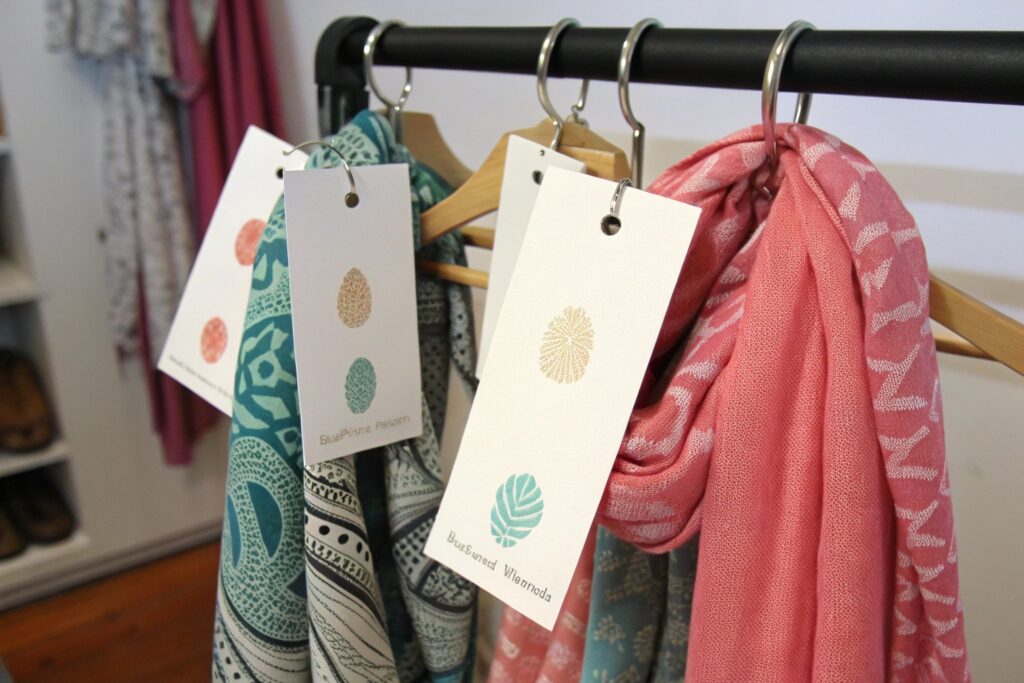
Why is this important for accessory branding materials?
Many brands include:
- Product tags with printed models
- Mini lookbooks
- Card backers with lifestyle shots
Choosing the right paper finish impacts clarity, glossiness, and cost.
| Feature | Matte Paper | Glossy Paper |
|---|---|---|
| Glare Resistance | High (low glare) | Low (high glare) |
| Color Vibrancy | Moderate | High |
| Fingerprint Resistance | Good | Poor |
| Recyclability | Better | May contain plastic layer |
For sustainable brands, matte paper with water-based inks is often the better choice. For bright, pop-culture designs or youth accessories, glossy cards may look more energetic.
How do these finishes affect shipping and storage?
Glossy finishes resist moisture better but can stick or scratch under pressure. Matte finishes may scuff in bulk if not properly separated. That’s why we layer tissue between matte tags and use anti-rub coatings during high-humidity shipping.
Conclusion
Choosing between matte and gloss finishes impacts not just looks—but also cost, durability, sustainability, and shipping. The right finish makes your accessories stand out, ship better, and sell faster.

